Old medicine bottles
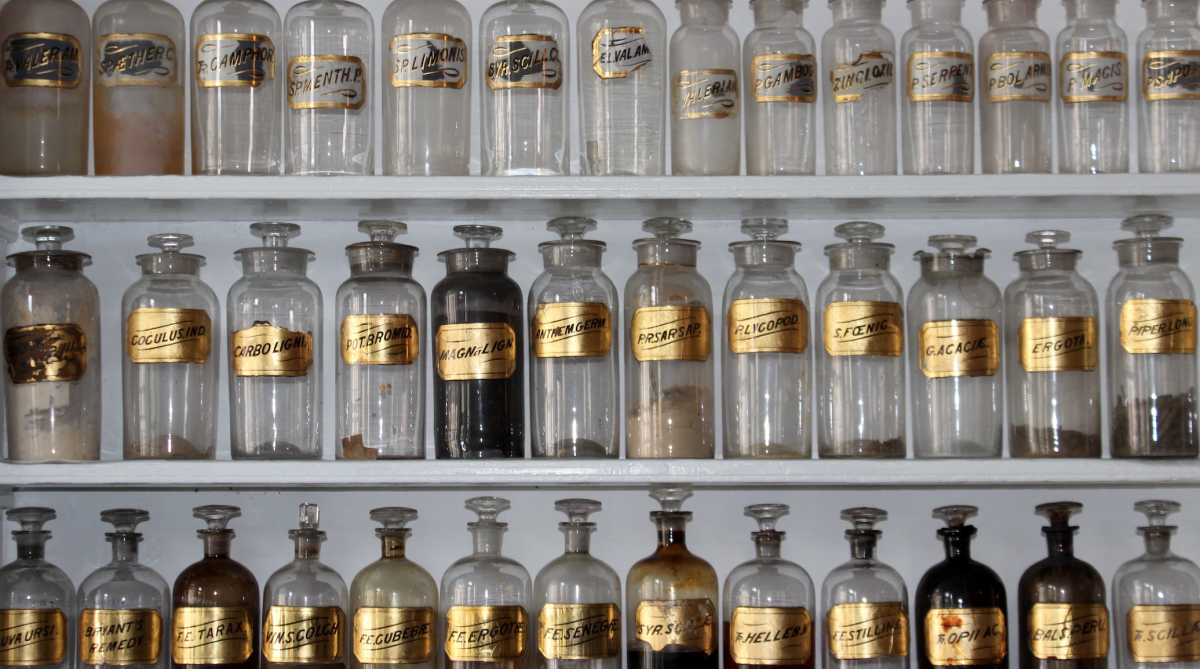
Love collecting old medicine bottles? Don’t. Many have toxic contents. Even if the bottle is empty, the contents can be dangerous. The active ingredients might be different or more concentrated than when the bottle was originally filled. The content might have been a poison. Even fumes in an enclosed space could pose a risk.
Jarts
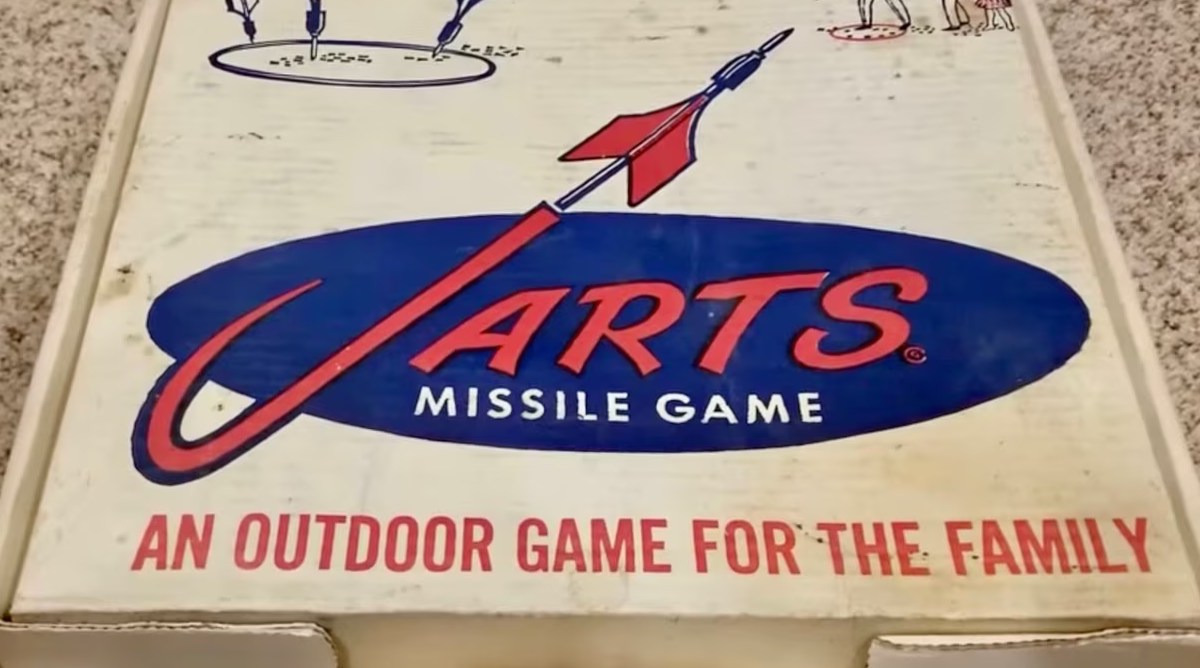
Old toys that are still in their packaging are great collector’s items, but vintage toys can be dangerous. One of the most popular toys in the 1980s was called Jarts. This lawn game had large darts with weighted metal tips that were thrown at targets. In 1988, the game was banned because thousands of children were injured and four killed.
Items containing mercury
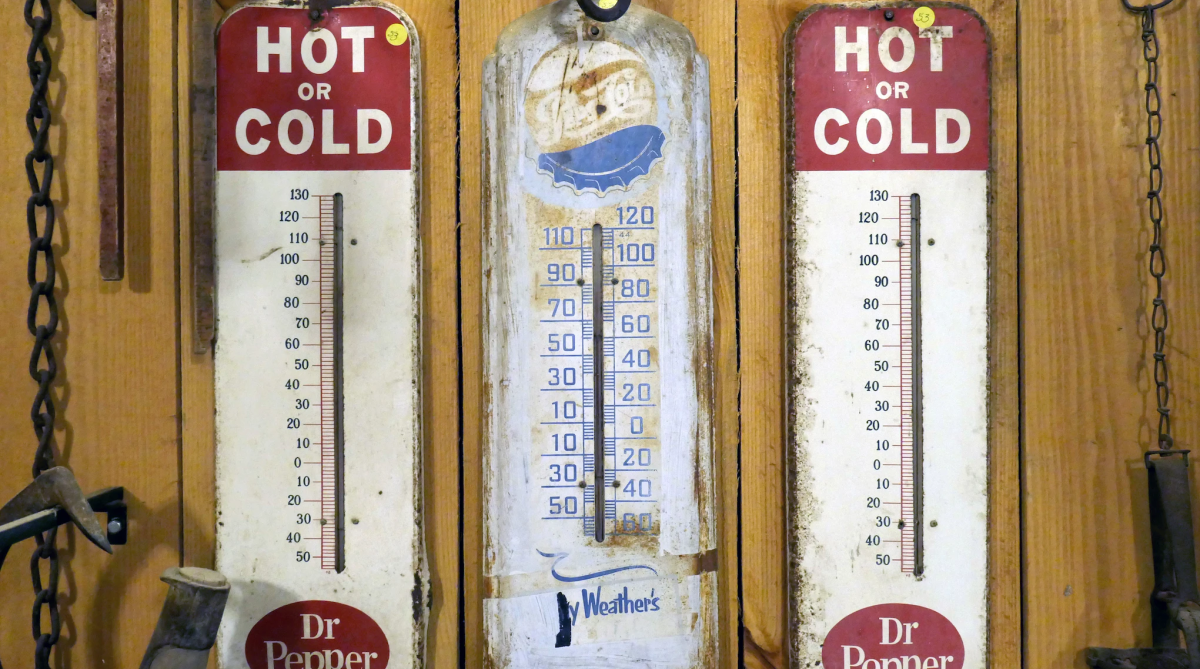
If you’re a collector of decorative antiques, you may have items containing mercury. The most common types of mercury-containing antiques are old-fashioned thermometers, barometers, oil lamps and mirrors. Although the amount of mercury found is small, it can enter the air as a fine mist if something breaks due to mishandling or damage.
Firearms

If you have a gun collection, you need to be sure that it’s always locked up and inaccessible to anyone but you. Leaving a loaded firearm out could be deadly to any children or pets who get their hands on it. Even antique firearms should be respected; if they aren’t locked up, they might prove to be just as dangerous as a modern weapon.
Antique swords or knives
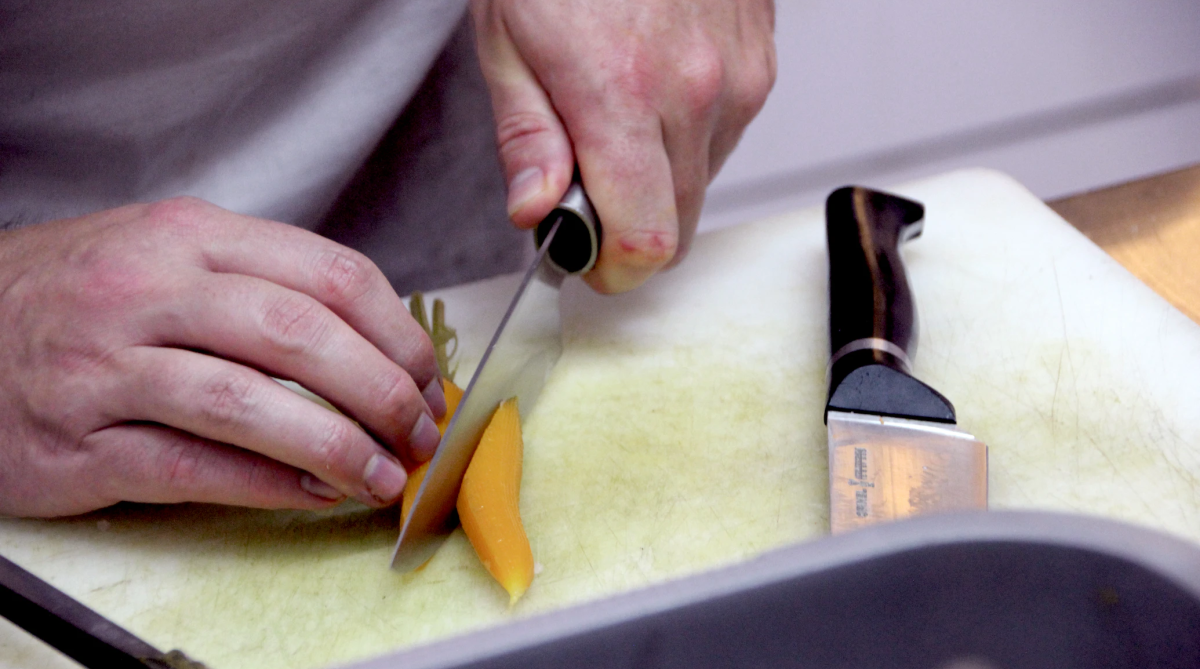
Some people, especially history buffs, greatly enjoy the aesthetic of having weapons on display in their homes. These can include swords, spears, arrows, or other sharp implements. It’s easy to understand the fascination—these items are symbols of power and prestige from a time when strong warriors were the most important figures in any society. However, these kinds of weapons also have very real risks if they’re not handled with great care.
Film reel
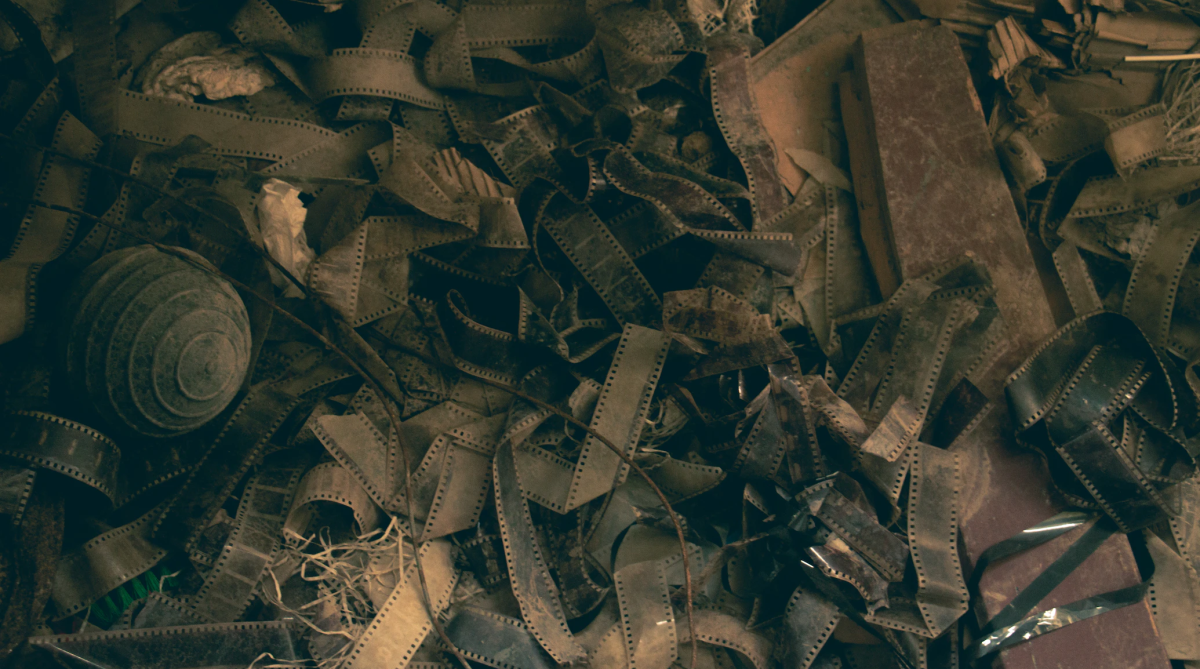
Cellulose nitrate, the main ingredient in movie film produced from the early 1900s to the 1950s, can catch fire and burn. This is because cellulose nitrate breaks down as it ages and releases gases that are combustible. Cellulose nitrate is flammable when it’s fully intact – once it starts to decompose, it becomes explosive. The fires can cause severe injuries or death if they are not put out immediately.
Vintage medical equipment
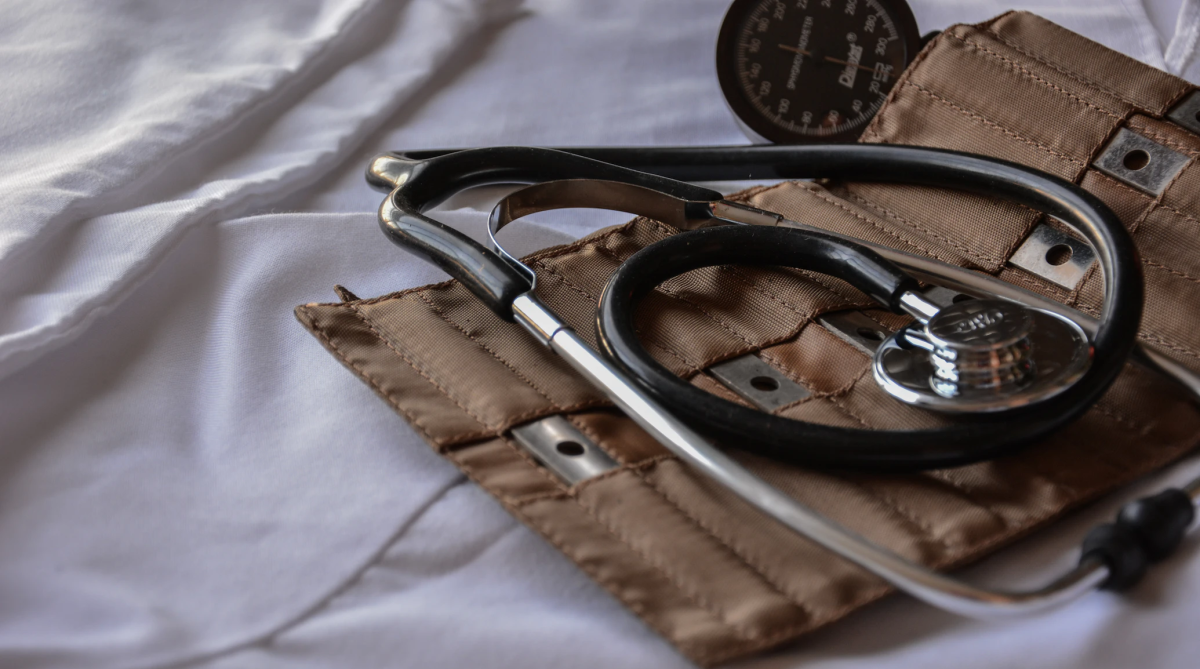
When handling potentially hazardous objects, you should proceed with caution. For instance, when examining a doctor’s bag from the 19th century, you must be extremely careful. These bags often contain needles and other sharp objects which could cause injury.
Items containing lead

Lead is a silent menace that can lurk within any collector’s collection. If you have any items such as stained-glass from old windows, old cans, or certain types of sculptures, be aware of the dangers of lead poisoning. Lead is especially dangerous for children and can cause brain damage, stunted growth, headaches, dizziness, vomiting, weakness, learning difficulties and a loss of appetite.
Old food
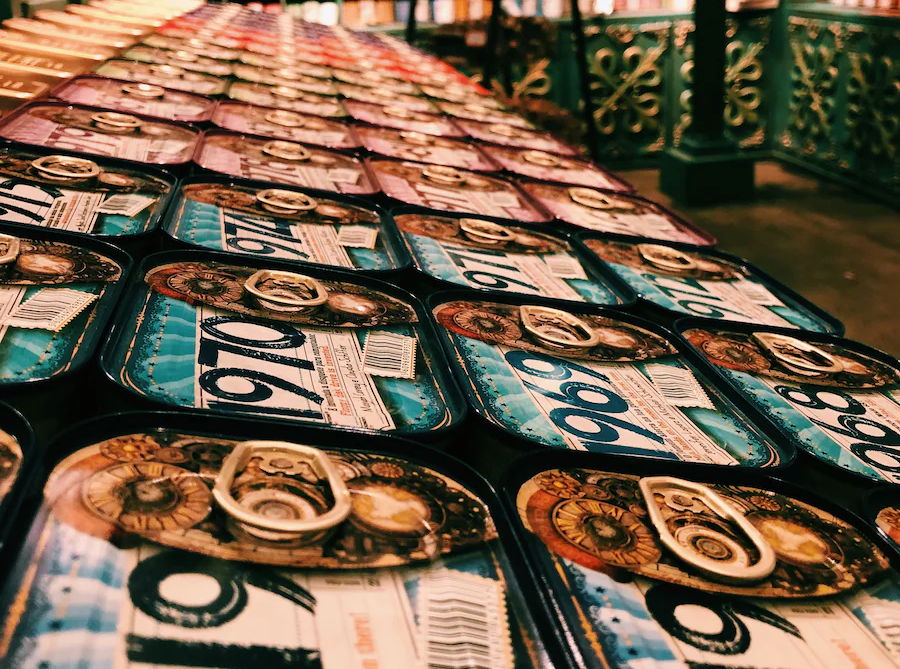
There are many reasons why you may keep old cans of food. Maybe you have a collection of food from different decades, or of food that is no longer sold. Whatever the case may be, you need to make sure that these cans are not dangerous. There could be harmful bacteria inside that creates gas and can cause the can to swell and explode.
Rocks and stones
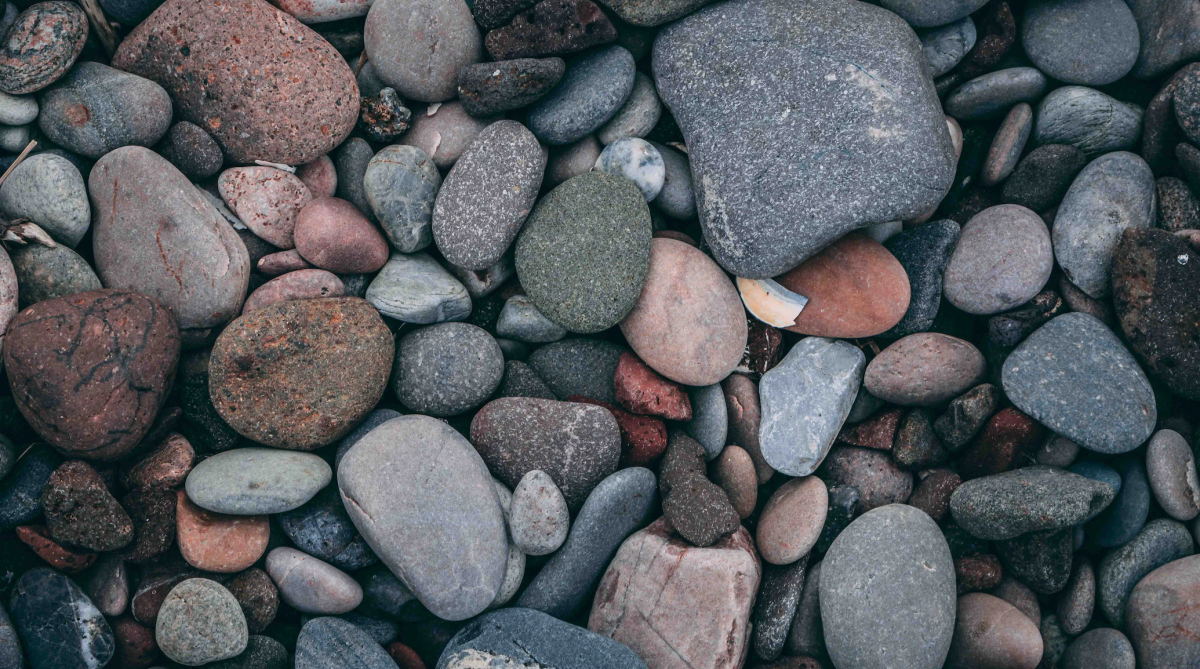
Rocks can be interesting, but there are some that you should avoid because – believe it or not – they can be poisonous. Some rocks can have asbestos in them, which is why you should handle them with care. Other rocks may contain arsenic, which is a deadly poison. Rocks may also be radioactive, which means they can potentially give off radiation that could make you sick.
Items containing radium
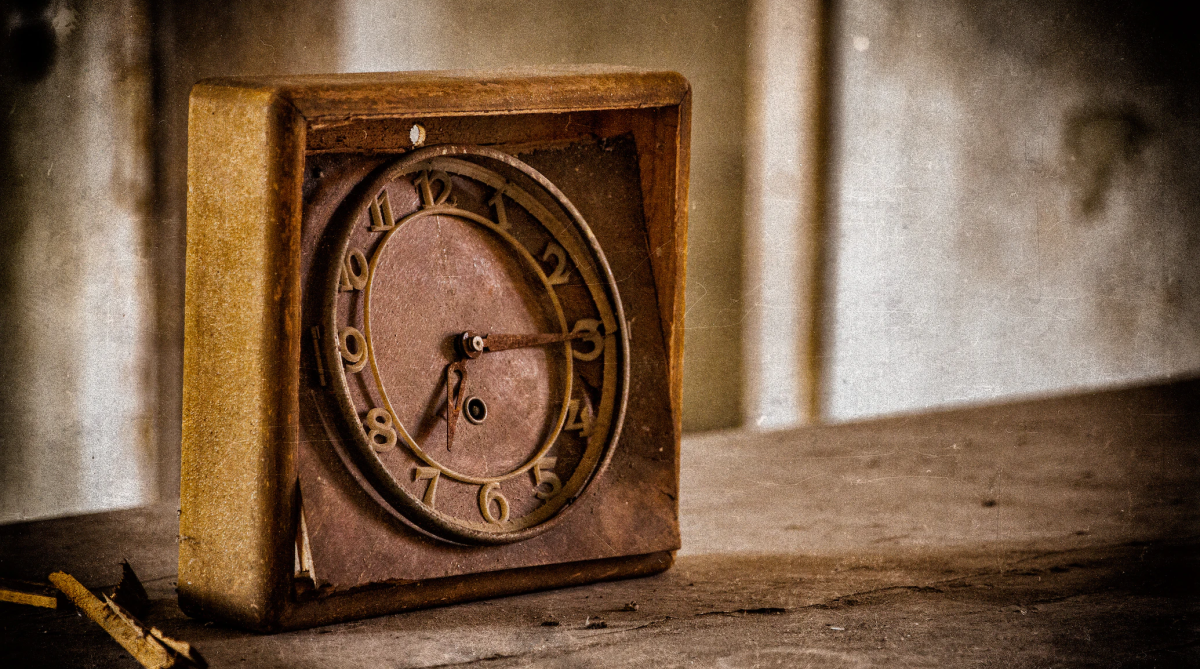
Radioactive objects are truly all around us. Radium was used in many products after its discovery in 1898. Some of these products include watches, clocks, and compasses. These objects may still have traces of radium which are still radioactive, especially if they were made between 1910 and the 1920s.
Vintage household fixtures
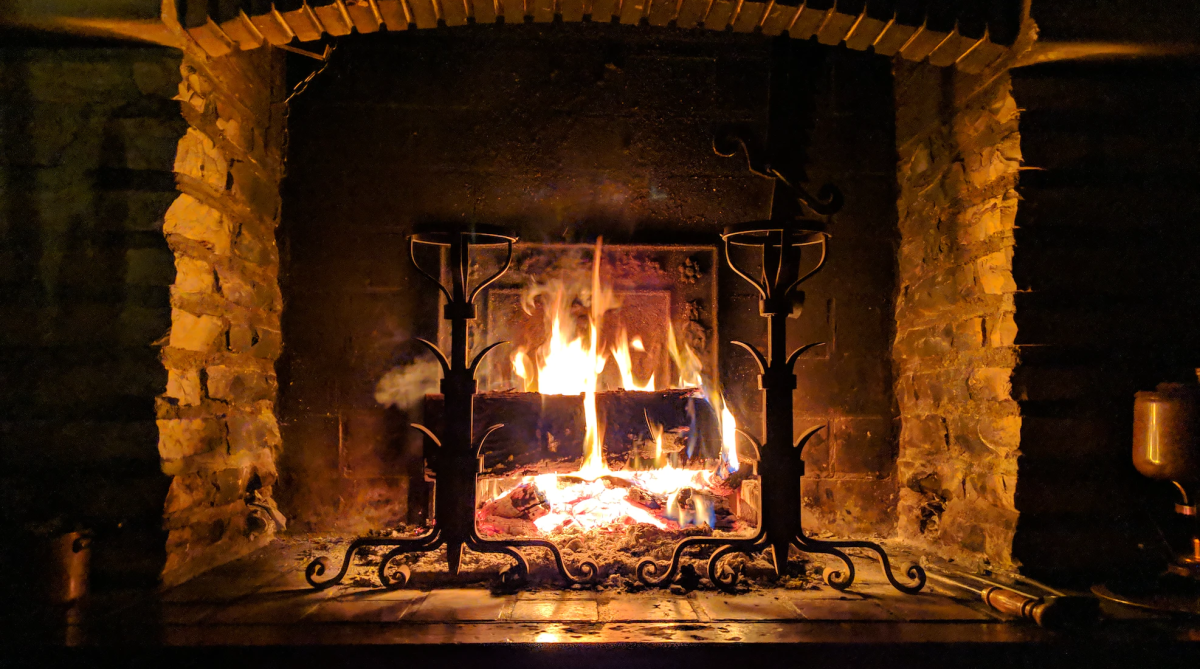
Asbestos was once a popular ingredient in many household items such as ceiling tiles, wallpaper, and flooring. It was also used in some products in your home that you probably wouldn’t expect it to be – like artificial ashes and embers used in gas-fired fireplaces, ironing board covers, and even hair dryers. Though asbestos is now banned from most domestic products, it can still be found in many older items.
Handcuffs and keys

Handcuff keys are designed to open handcuffs so they can be collected by police officers who no longer need them and private collectors who collect them out of curiosity. Since these keys can literally open any pair of handcuffs, the potential for danger is very high.
Old grenades
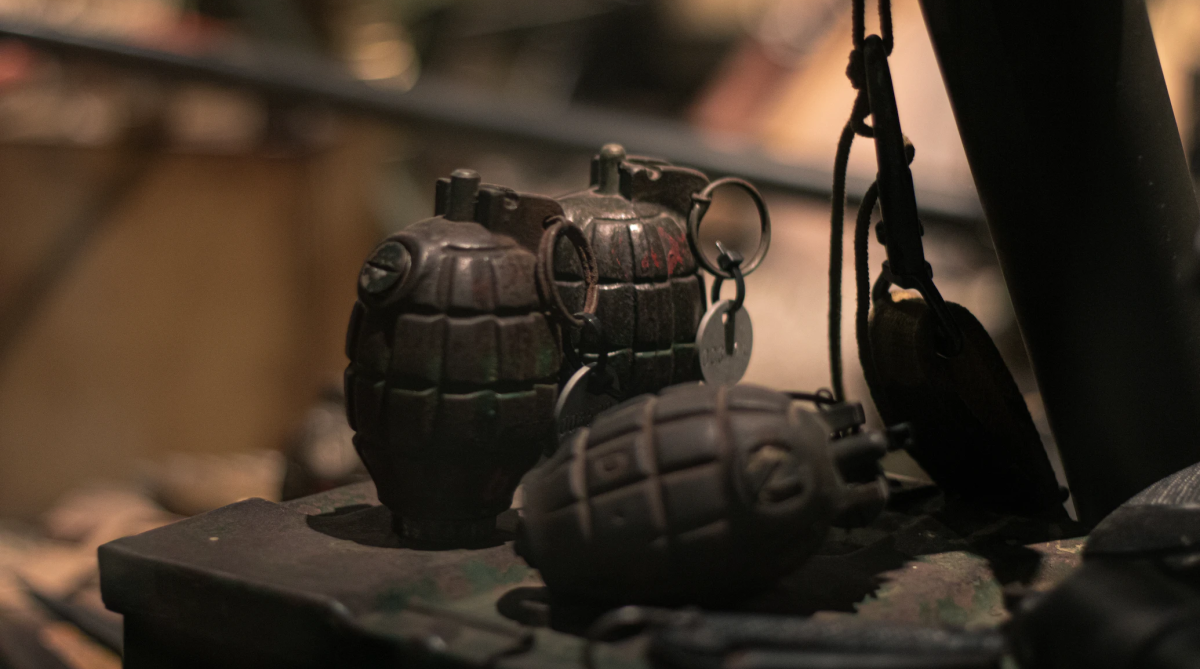
It might be surprising that people collect old grenades, but it happens all the time. Unfortunately, these grenades have been known to explode unexpectedly because they were stored without the proper safety precautions or because they were handled improperly by someone who collected them with good intentions in mind.
Snakes
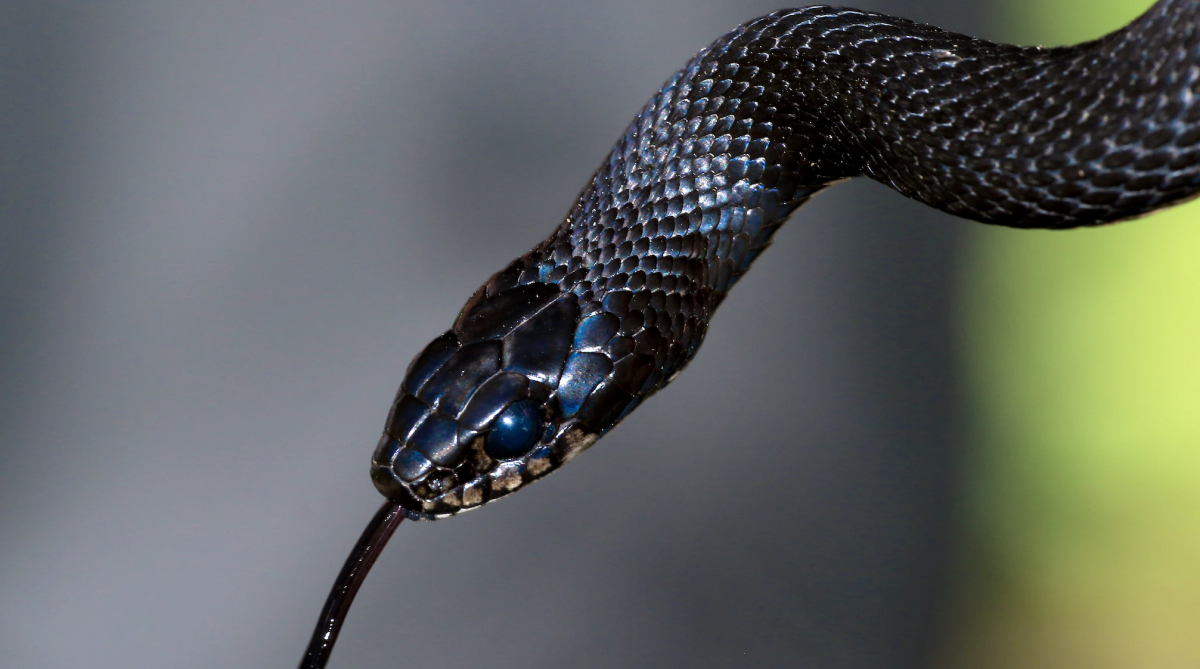
Snakes can be found in many colors and patterns which is why they are popular among collectors. However, some snakes are venomous and should never be handled without gloves or tongs. In addition, many types of snake habitats require special conditions to maintain proper temperature. If these habitats aren’t used properly, it could result in a harmful environment for both humans and the snake itself.
Taxidermy animals

Taxidermy is an art form that has been around for centuries. First practiced by the ancient Egyptians and Persians, it has evolved into a modern-day trend to decorate homes and offices. However, many people fail to consider the toxic fumes emitted, as some taxidermists use off-the-shelf chemicals in their preservation process. If you suffer from asthma or allergies, you might want to avoid collecting them for your home.
Fireworks

Any use of fireworks is dangerous. However, collecting fireworks is particularly problematic because the explosives are stored in the collector’s home. If a firework is stored improperly or left unattended, it can explode unexpectedly and cause major damage to property and personal injury or death.
Mushrooms and fungi
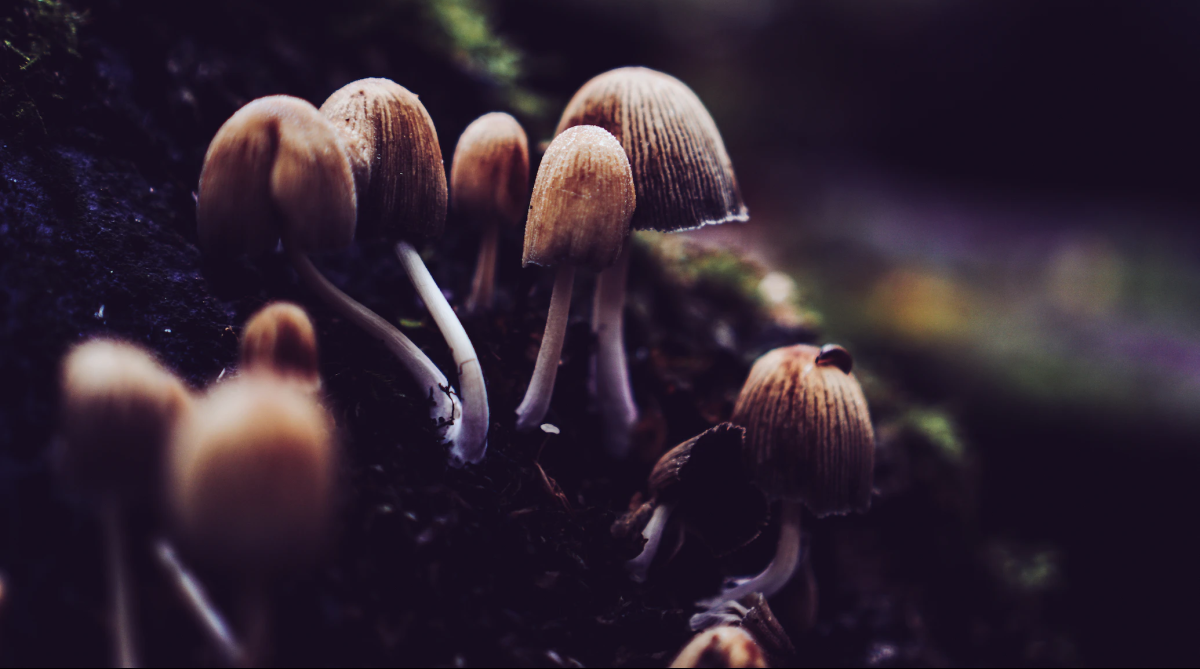
Mushrooms are the fruiting bodies of fungi, and they grow in the wild. Some people have a taste for wild mushrooms, but it’s important to know your limits as a fungus hunter – some mushrooms can be poisonous or even lethal to humans. If you have your own private collection of mushrooms from the wild, it’s important to know how to avoid accidentally inhaling potentially poisonous spores into your lungs.
Bugs and insects
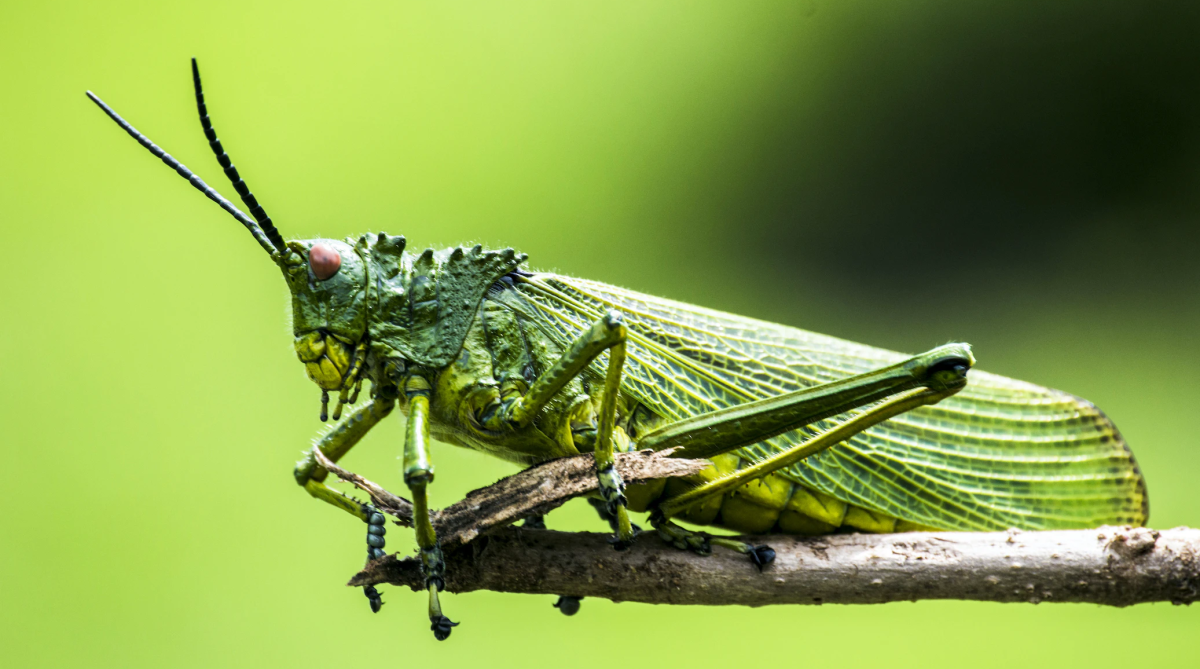
Some insects contain deadly toxins that can kill humans. If you choose to collect insects, make sure that you know which ones are safe and which ones are not. Also, since some poisonous insects look just like non-poisonous ones, do extensive research about the insect’s habits and habitats before deciding to add it to your collection.
Various types of plant
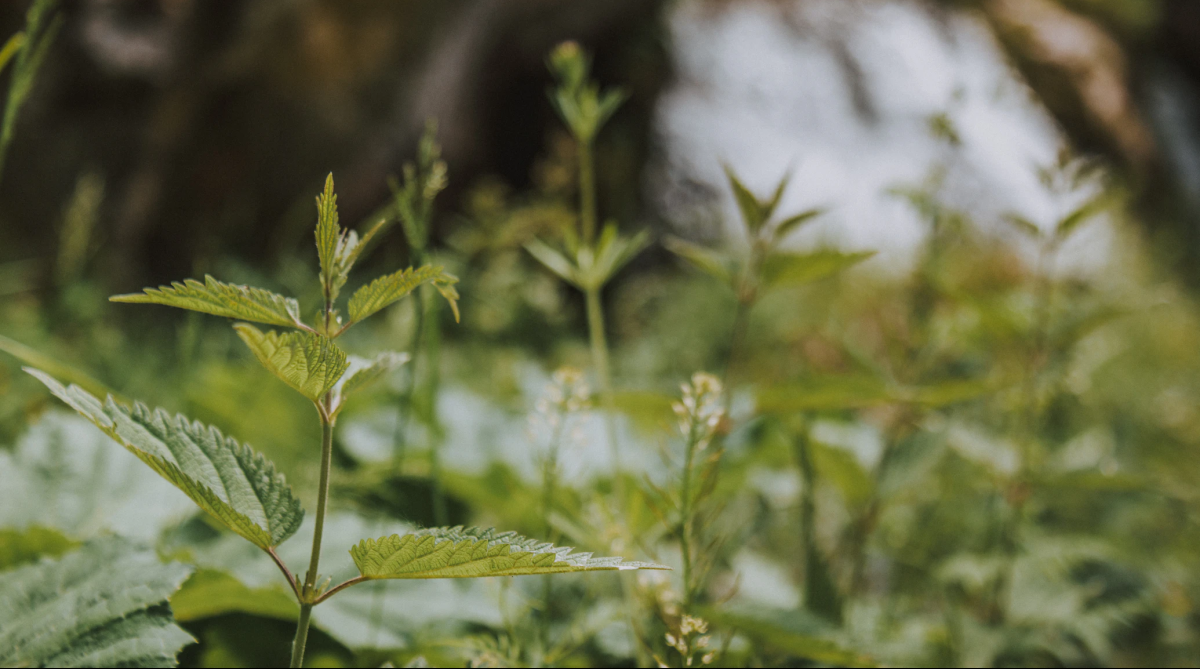
Some plants look harmless on the outside but still contain chemical substances that are poisonous or even fatal when ingested, so they can be dangerous to collect. Also, some plants may contain irritants that cause mild discomfort when touched or ingested by humans but could seriously harm a pet. For example, poinsettias may cause a rash on human skin, but ingestion can cause serious health problems for pets.
Truffles
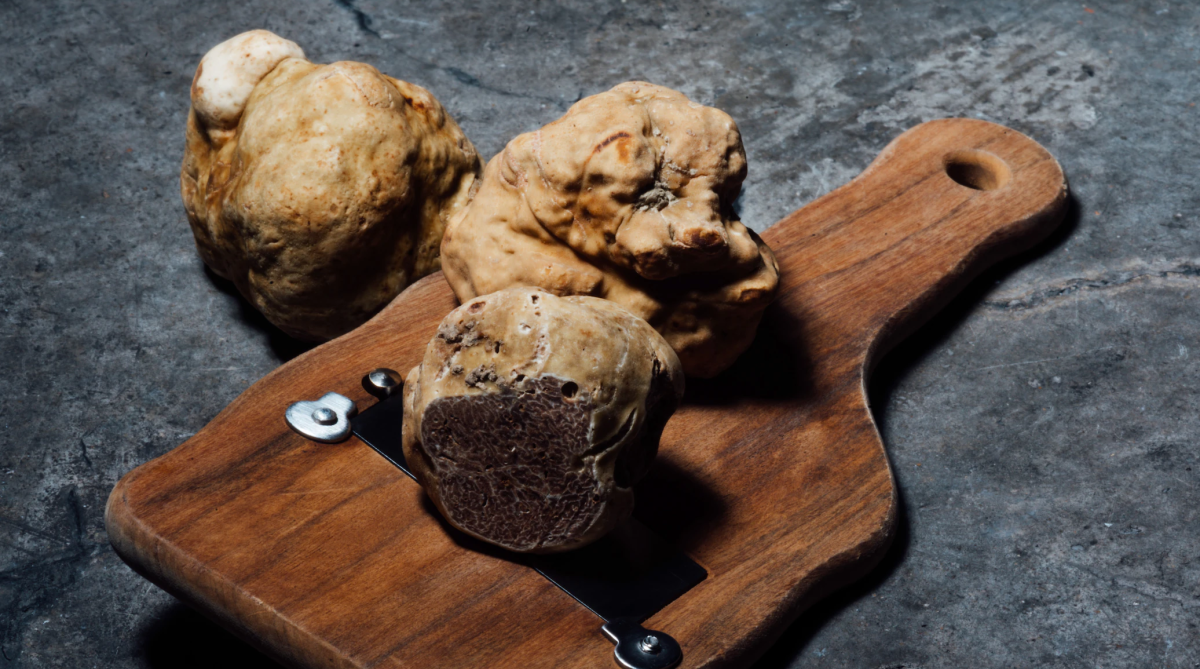
Truffles are delicious, but they’re also one of the most expensive foods in the world and notoriously difficult to find – and many truffle hunters have found themselves face-to-face with an unexpected guest: a landmine. The coveted truffle, called Tuber Magnatum Pico, is usually found in areas of Europe where there was heavy fighting during World War II.
Seashells

One of the most commonly collected objects in the world is seashells. However, if you’re not careful about where and when you collect your shells (or if you’re not sure what kind of creatures have been storing their homes in these things), then you might be picking up more than just pretty decorations—you could pick up some pretty potent poisons as well.
Antiques
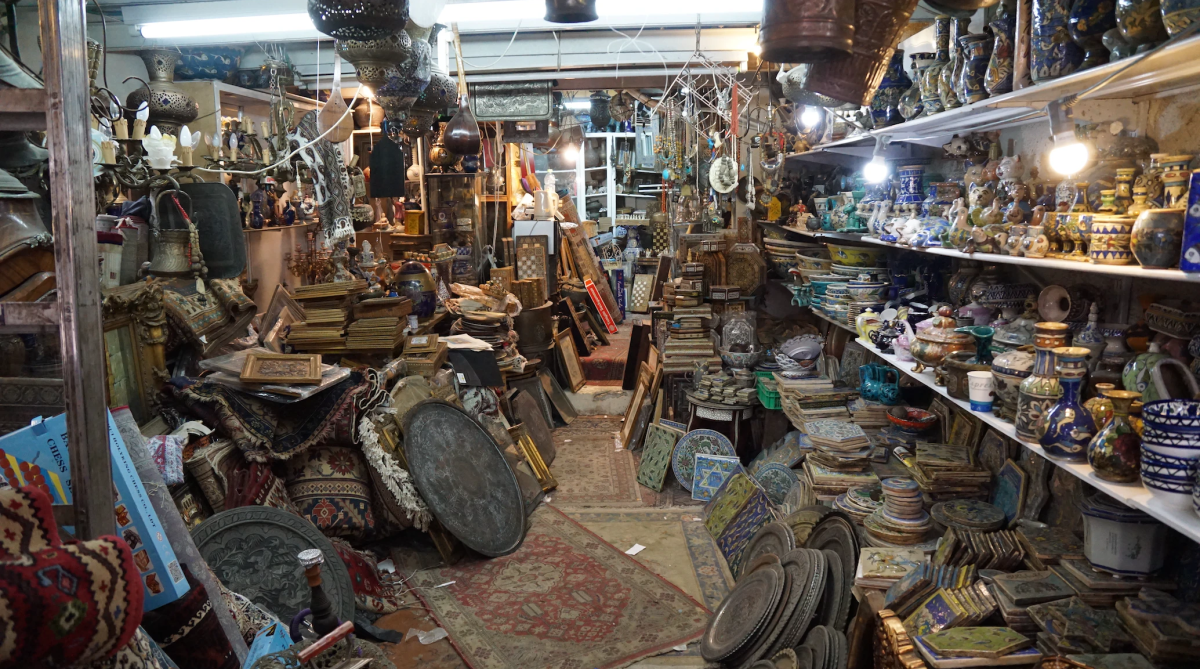
Many antiques are valuable, but they can also be fragile and hazardous. Antiques are often old and may contain lead paint, mercury, arsenic, or other toxins that can make you sick if you’re not careful. Some antique items can even be very dangerous if they’re broken; for example, an antique mirror could shatter into a million pieces when dropped on the floor and cut someone badly.
NFTS

NFTs – or, Non-Fungible Tokens – are products that only exist digitally, and so are not limited by the supply constraints of physical items. While this is great for people who love collecting things, it also means that the value of NFTs can go down just as quickly as it goes up. You should never spend more than you can afford to lose on a digital product, no matter how cool the monkey picture looks.
Old nails
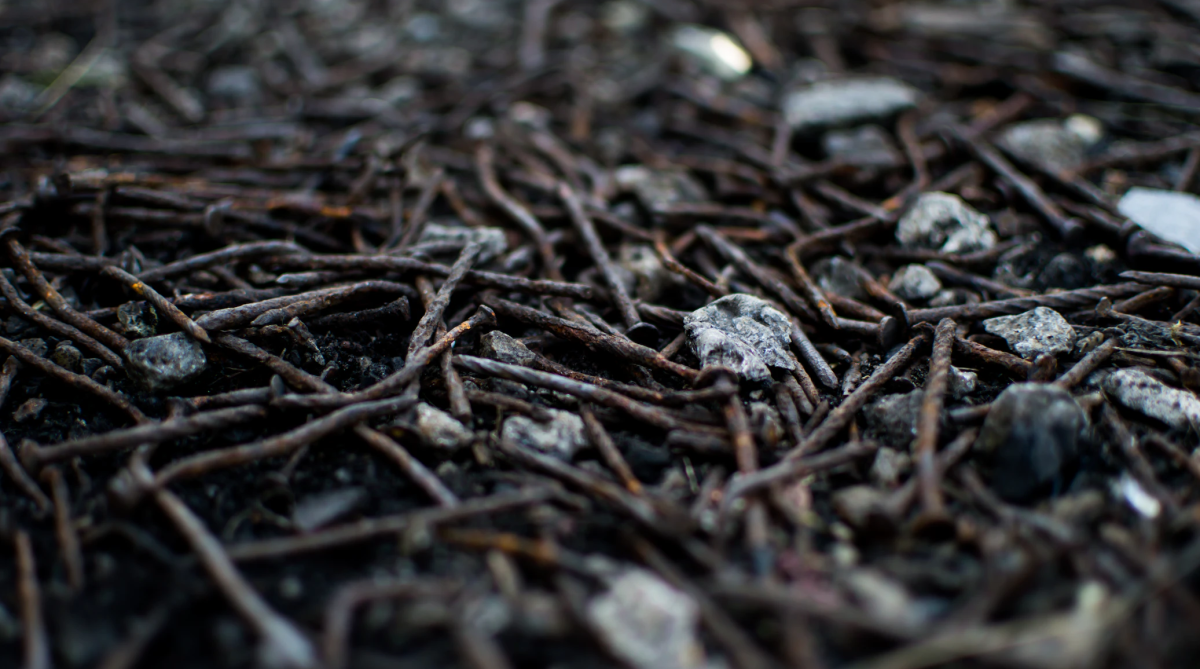
Many people collect rusty nails for their unique beauty. However, there are various risks associated with old rusty nails that many collectors don’t think about. The first and most obvious danger is the risk of tetanus. If you cut yourself on an old nail that hasn’t been properly cleaned or stored, you could get tetanus, which can cause muscle spasms and even death.
Animal bones
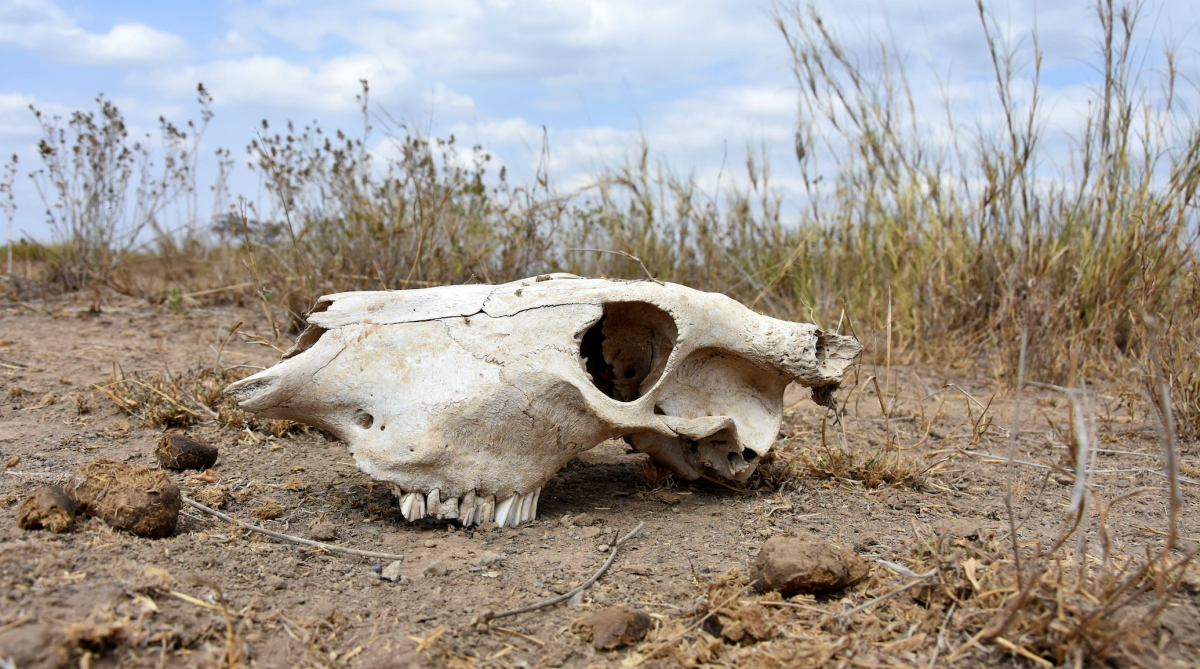
Animal bones can be fascinating to collect, but before you start digging up your own specimens, it’s important to make sure you’re not putting yourself or others at risk. While most bones will be old enough to be safe, there is still some risk in picking them up and bringing them home because many of the diseases and parasites that affect animals today may have also affected animals long ago.
Celebrity autographs
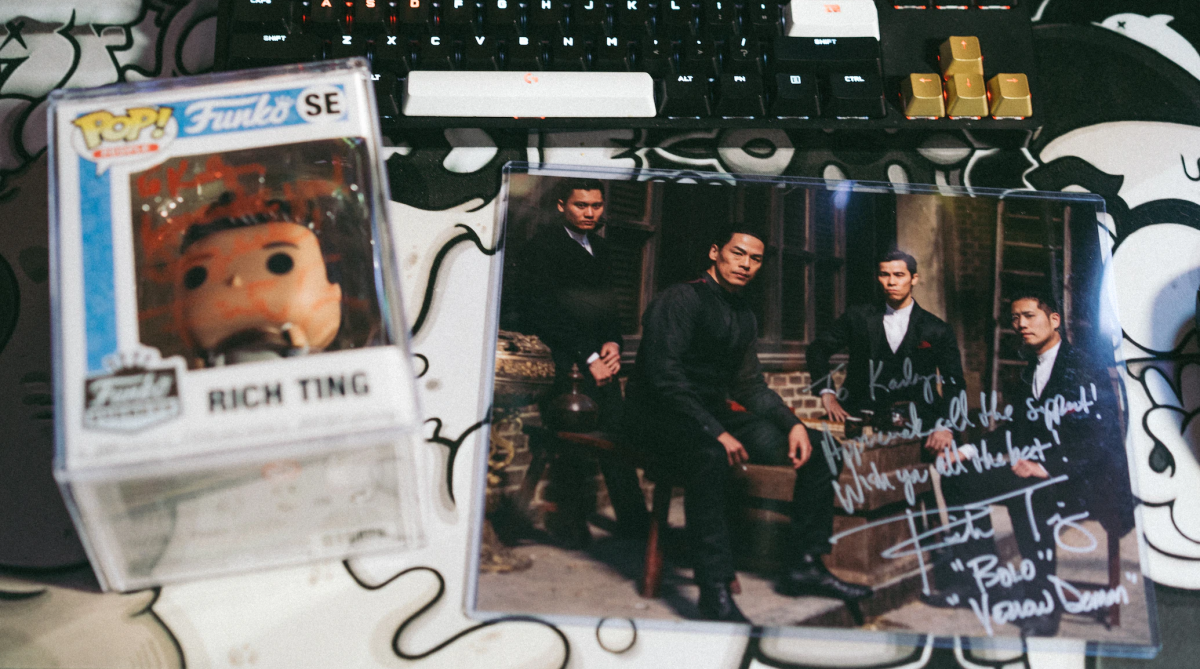
It’s tempting to buy celebrity autographs on the internet because they’re so much cheaper than buying them in person, but there are a lot of scammers out there and it’s hard to tell if an autograph is real or fake. You could lose your money or get something that isn’t worth anything.
Lego
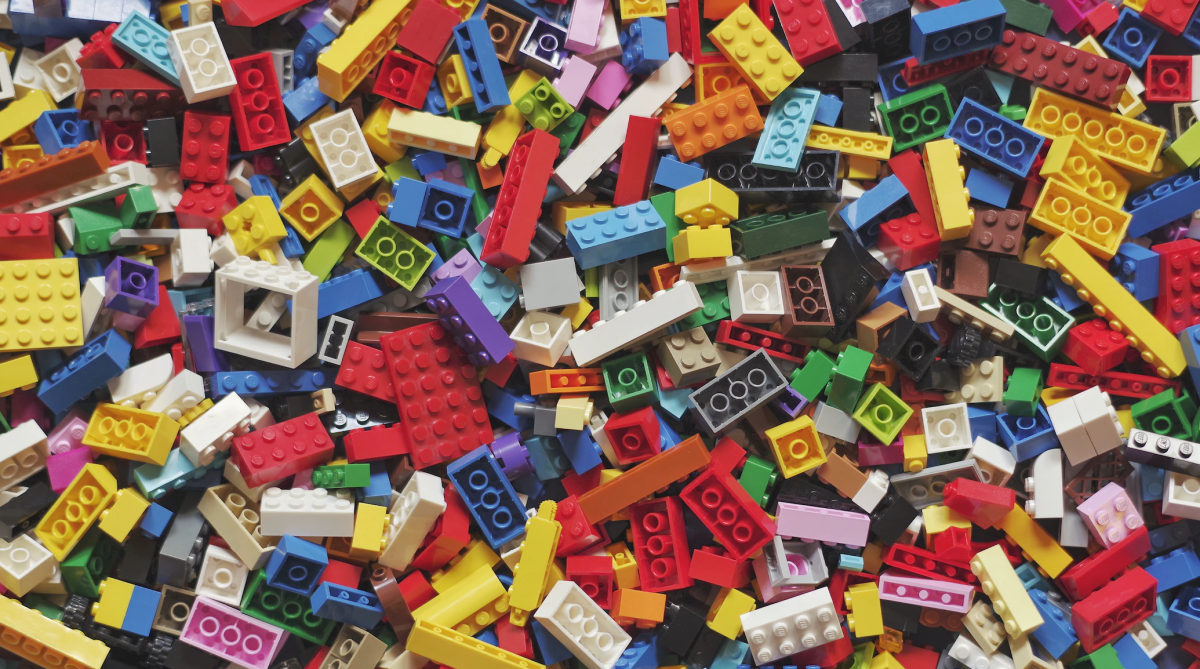
One of the most popular collections out there is that of Legos. With new features and sets coming out on a regular basis, there’s no wonder why so many people are drawn to this hobby. But many people don’t realize how dangerous it can be. If children or pets ingest these pieces, they could end up getting stuck in their digestive tracts and cause them major problems.
Haunted objects
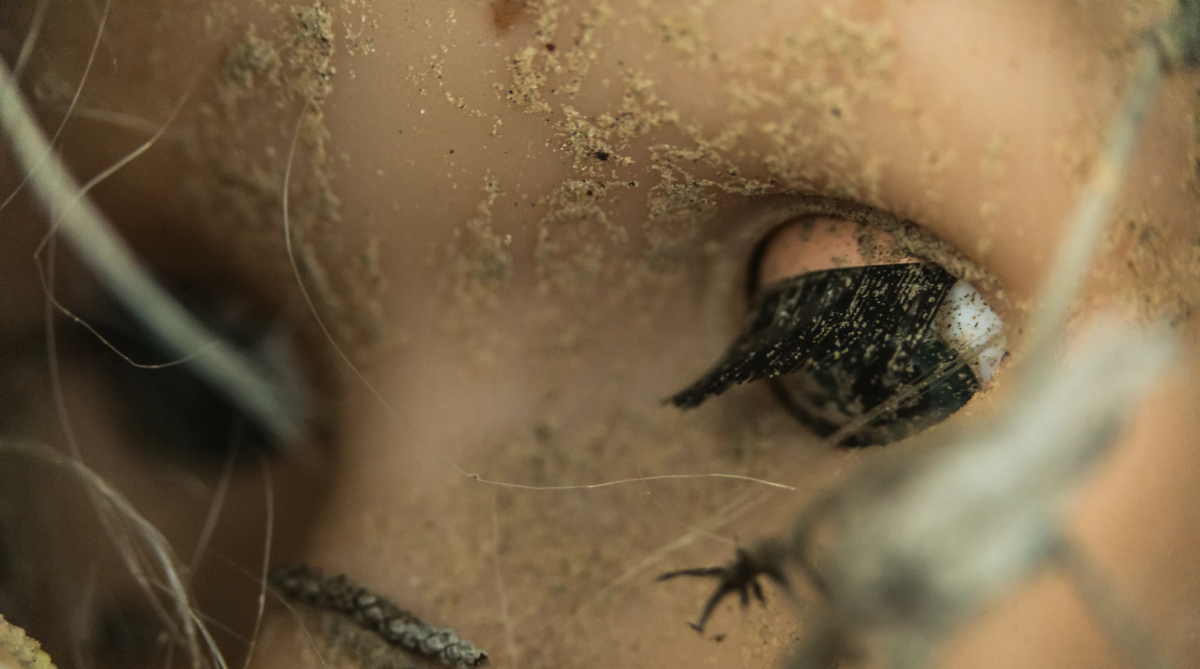
Haunted items are said to carry a curse of bad luck, misfortunes, accidents, and even death. There is no hard evidence to prove that haunted or cursed objects exist, but there are many stories where haunted items have caused chaos in someone’s life. If you’re thinking about buying a haunted toy for the novelty factor, you should ask yourself if you want to risk it.
Smoking paraphernalia
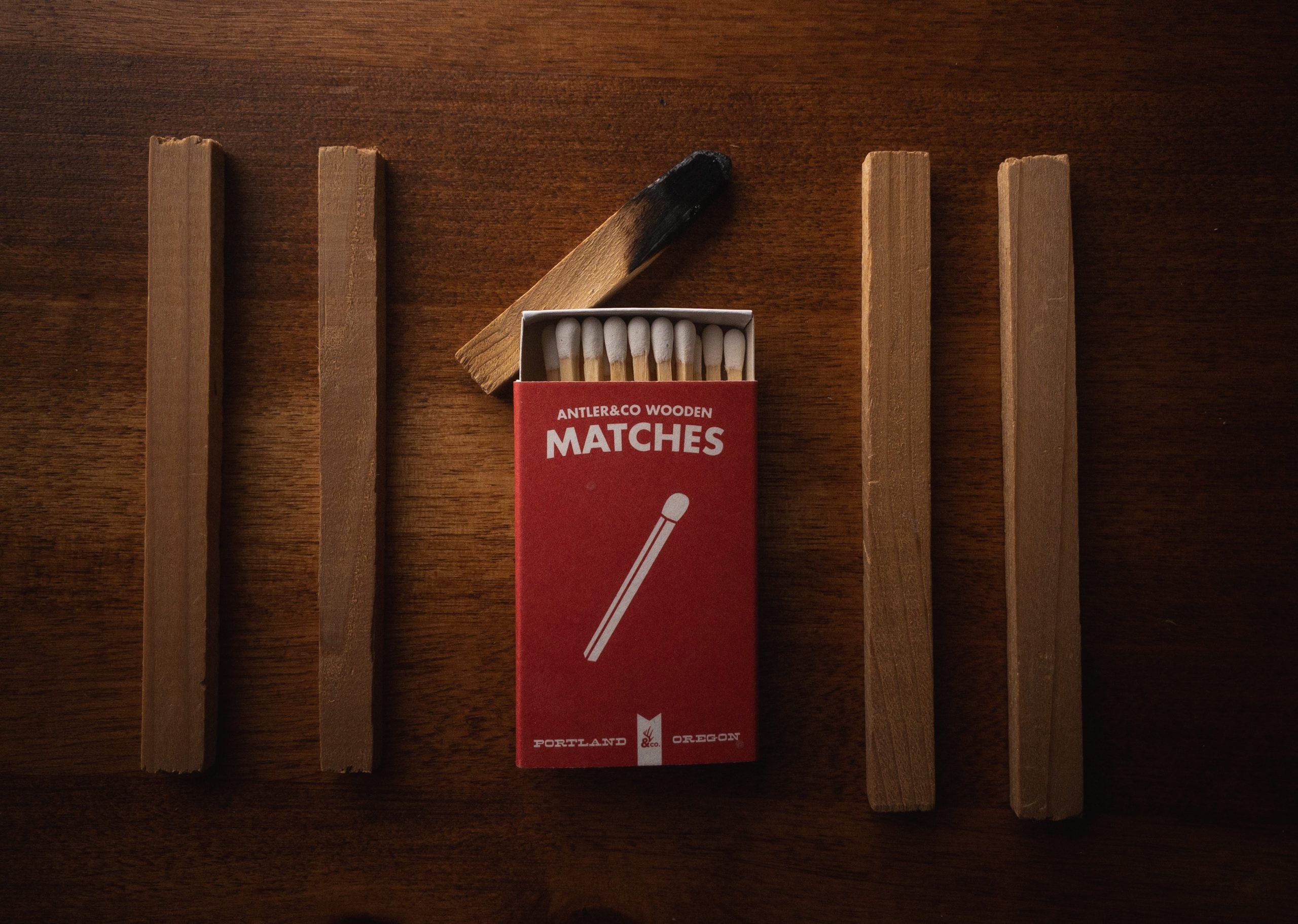
Flammable objects can be very dangerous when mishandled. Matches, lighters, smoking pipes and cigars can all be hazardous if used incorrectly, even if they are old. They also pose a fire risk when not properly stored.
Vinyl stickers
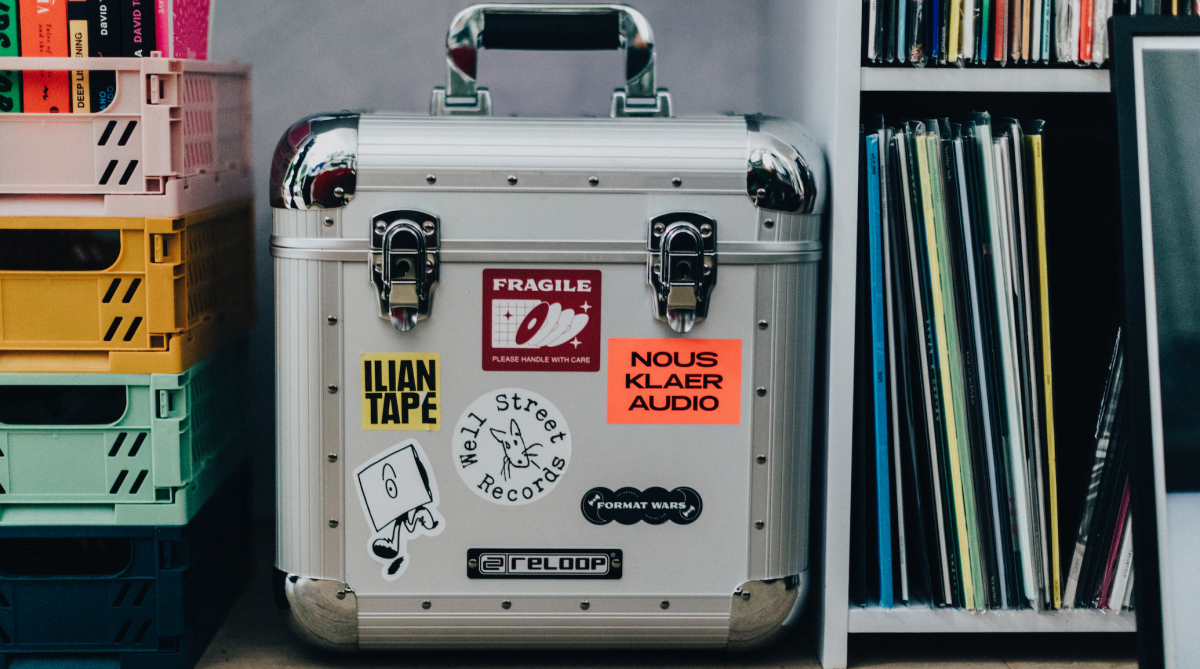
Most vinyl stickers are produced with different types of plastic. While many plastics are safe for children (PET, PP, PVC), others can have BPA or phthalates in them. These chemicals can leach into food or beverages that come in contact with them. The most common danger occurs when a vinyl sticker is placed on a coffee or beverage container and a child drinks from it later.
WW2 Memorabilia
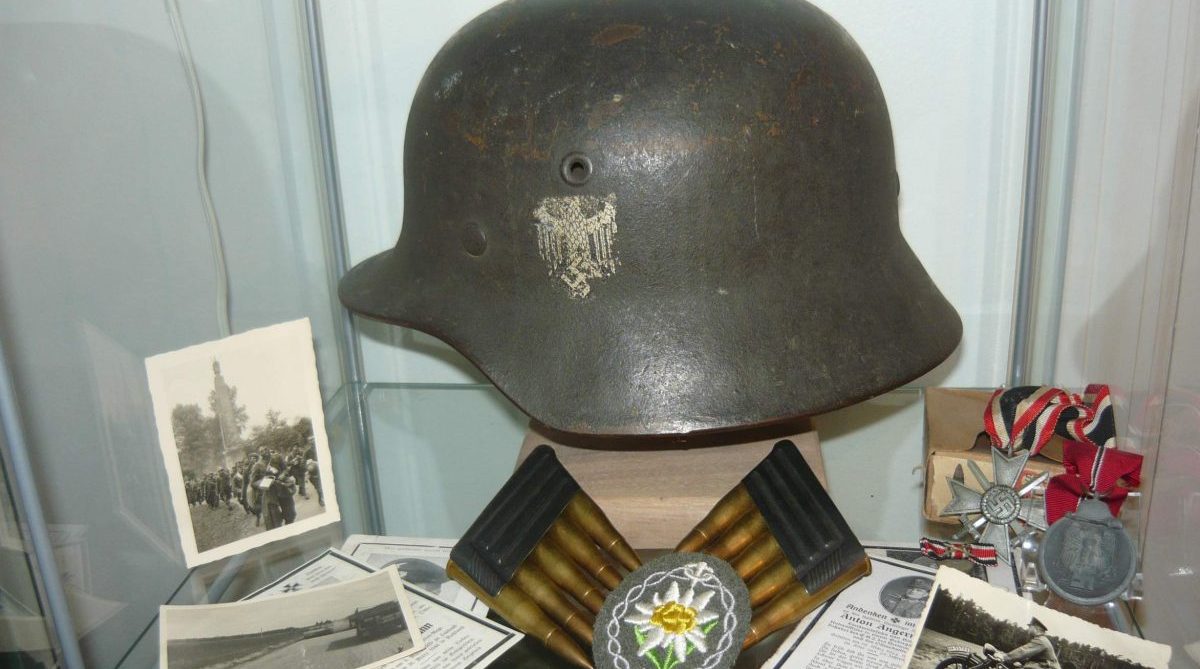
It’s a well-known fact that World War 2 memorabilia is one of the most popular areas for collectors – but you may be surprised to find out that it can be dangerous as well. In the legal aspect of your collection, certain memorabilia can be dangerous because it is considered a hate symbol in some countries – and owning such an item could get you into trouble.
Old coins

Many older coins, especially foreign ones, can have dangerous metals like mercury or arsenic in them. Even modern coins could have been manufactured with harmful chemicals like nickel or zinc. These metals can cause numerous health problems and should be handled with care.
Bullets

People have been collecting bullets for centuries. Today, collectors typically focus on specialty bullets, such as ones made by certain manufacturers or with unique markings. However, bullets can be dangerous if they’re not handled properly and can lead to serious injury or death.
Badges
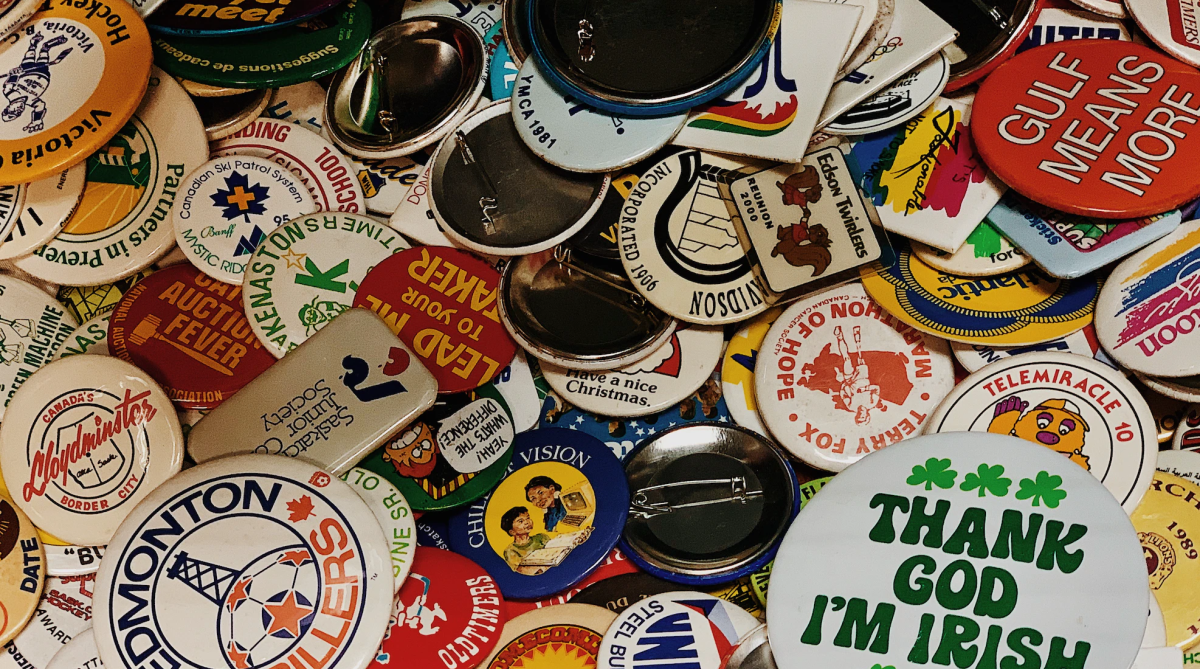
Pins and badges have been popular items to collect for a long time, but they can pose dangers to others. They’re small enough that it’s easy for kids to swallow them. If they get stuck in your throat or stuck in your esophagus, they can be really hard to get out on your own. So keep pin collections away from little ones.
Ivory
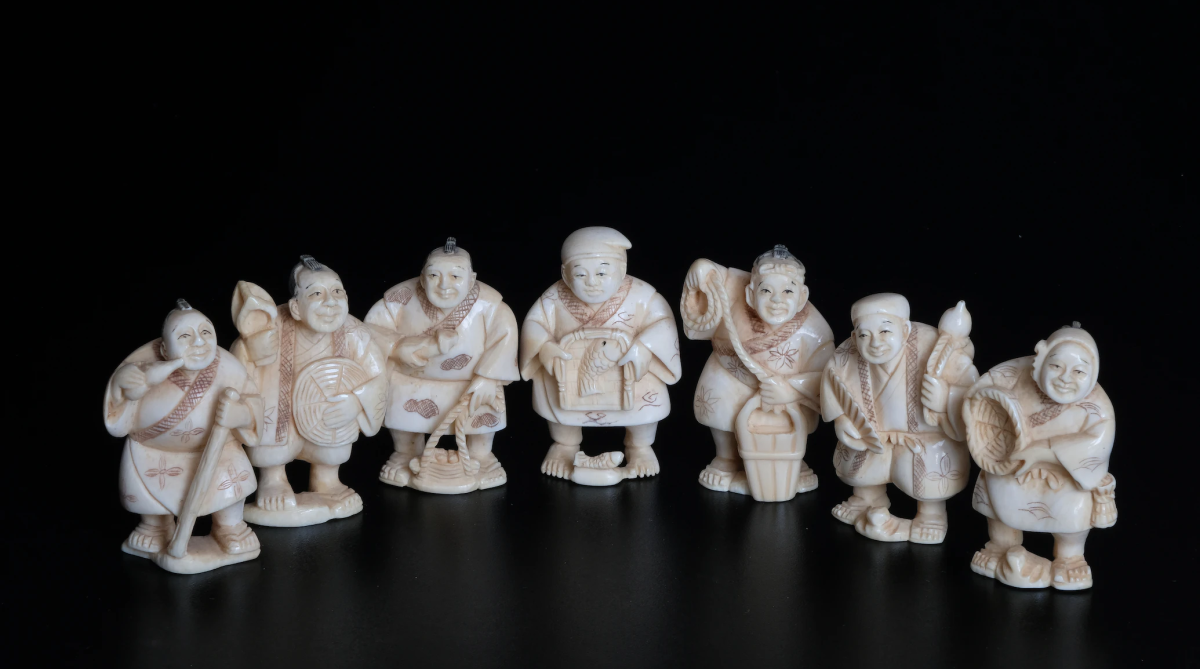
If you’re a fan of antique ivory, you may want to think again about collecting it. Ivory was once legal to buy and sell throughout the world. However, it’s now considered illegal in many places. Why? Because ivory comes from dead animals’ tusks, and the animals have to be killed in order to get their tusks. That means that when you buy or sell ivory, you’re supporting poaching.
Wine bottles
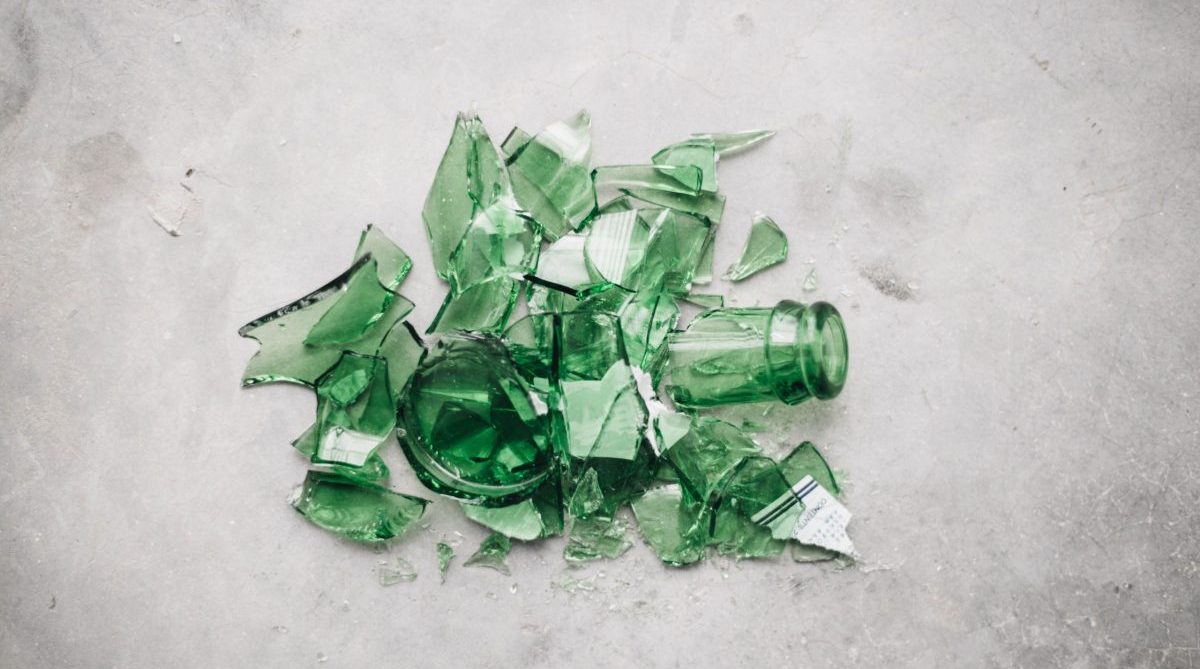
Vintage wine is a rewarding hobby that can be enjoyed by anyone who enjoys wine. But just like anything else, there are risks involved in collecting wine! With bottles dating back to the mid-1800s, some of them can contain residual yeast in the bottle. Even in capped bottles, this yeast can continue to ferment and create enough carbon dioxide pressure to cause the bottles to explode.
Vintage gaming consoles
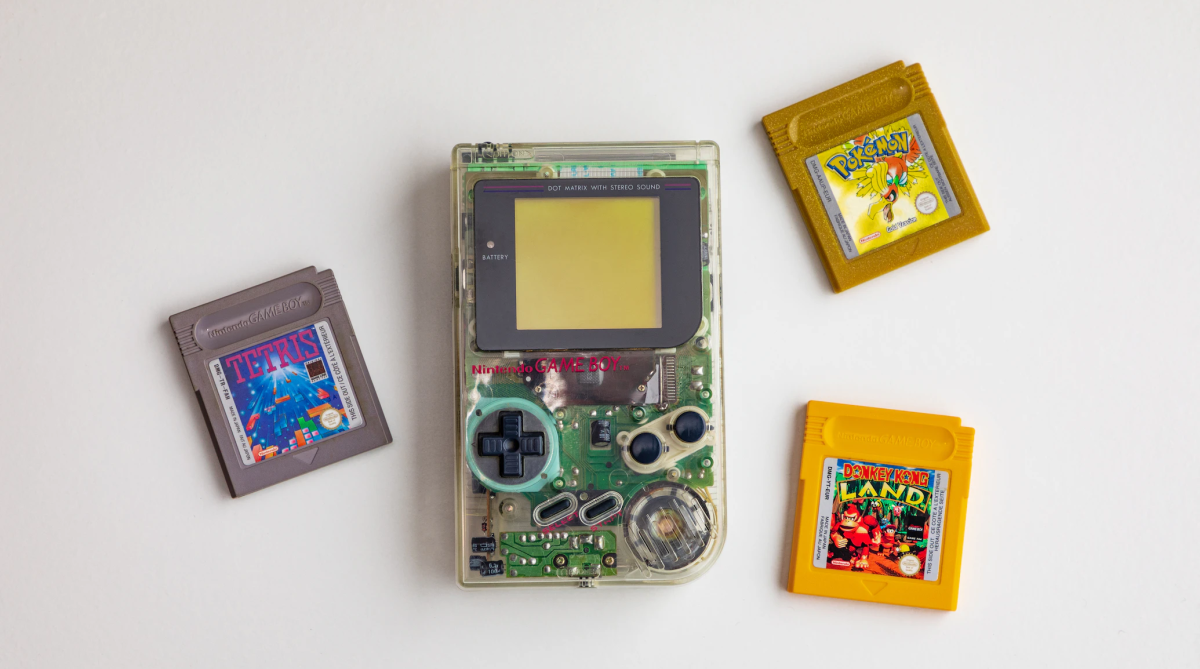
Overheating is one of the major concerns with these old systems due to how much power they have. They were never meant to be played for hours and hours at a time, and nearly all of the devices have been made before there were safety regulations on electronics so they are not built to handle the current that is being drawn from them.
Old watches
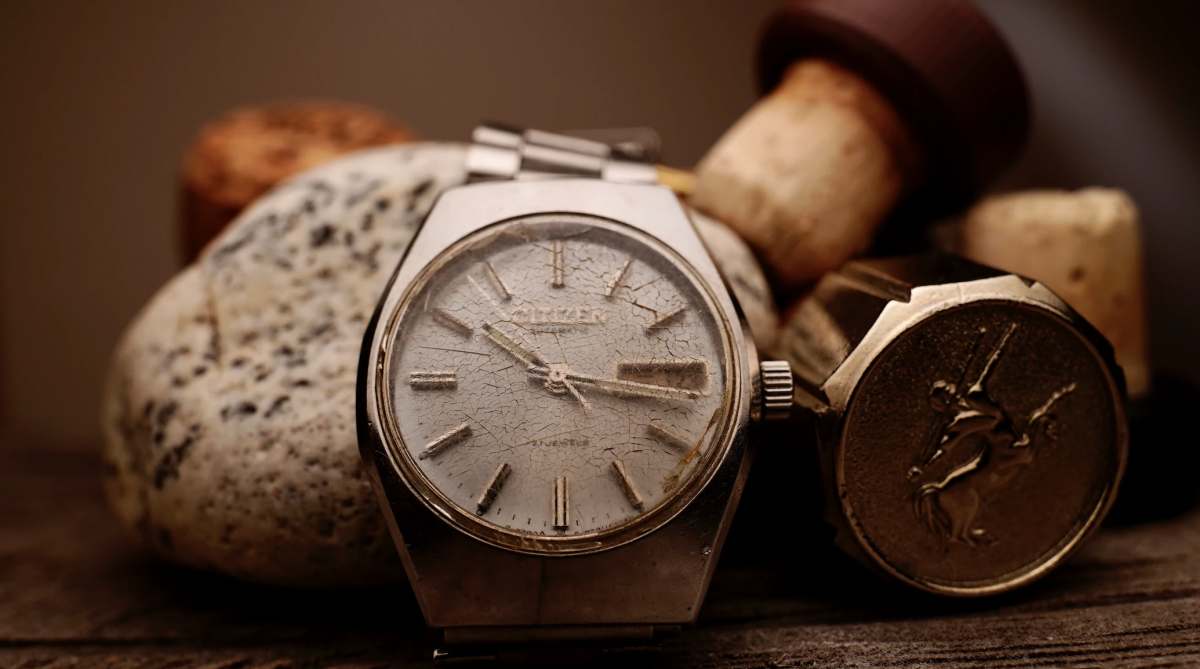
Watch collecting is booming, and it’s an easy way to have a unique piece of jewelry that also happens to be functional. But it’s important to know that there are a lot of scammers out there. The market for vintage watches is in high demand – especially Rolex – so there are a lot of people trying to sell you something and claim it’s worth thousands.
Real fur
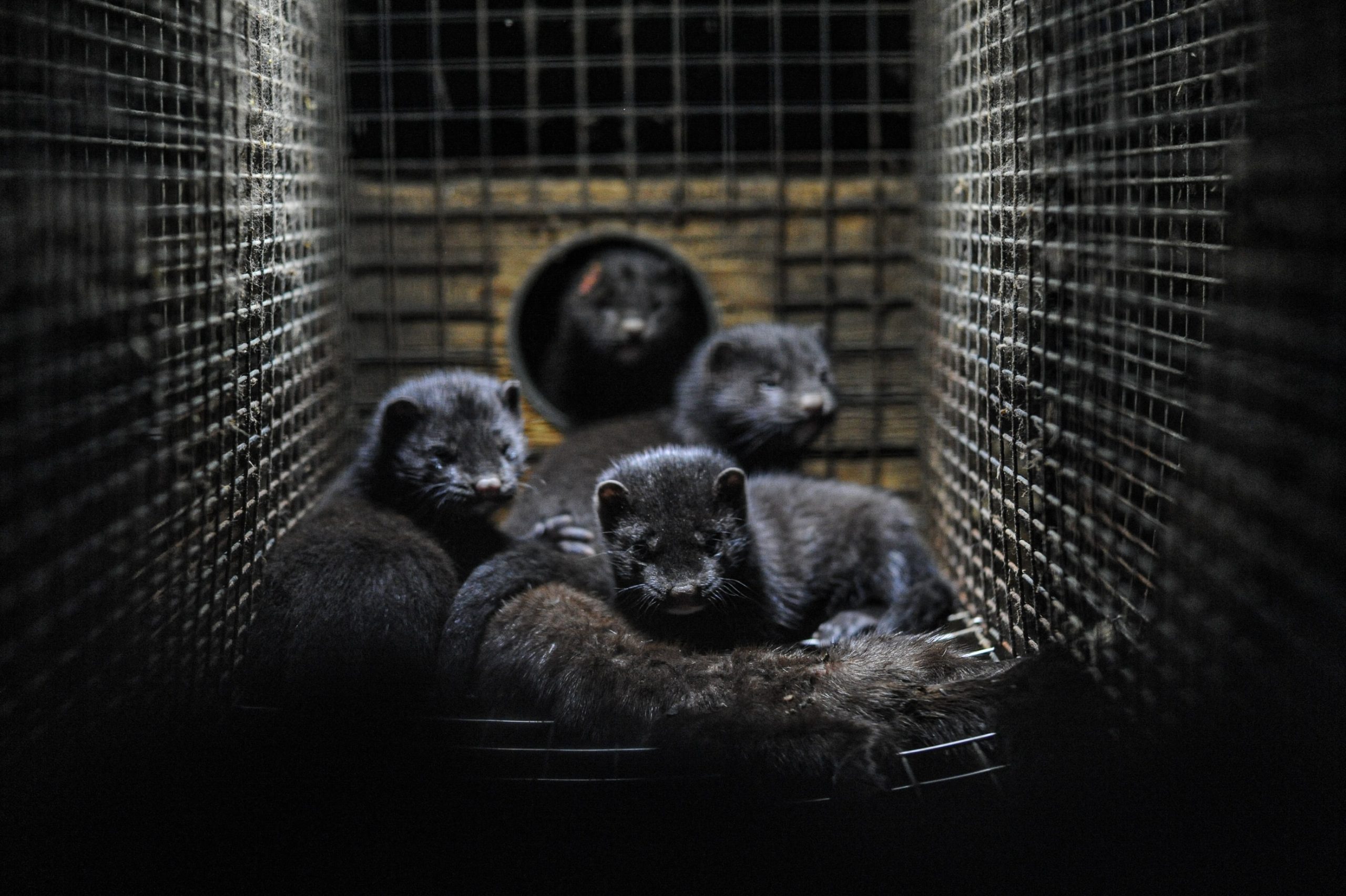
Real fur coats or scarves undoubtedly look classic and glamorous, making them popular collectables among vintage clothing fans. However, the suffering that goes into making these items isn’t worth it – and collecting fur leads to an increase in business for the cruel trade. Not only is this dangerous for animals, but fur is also treated with harsh chemicals that can be toxic.